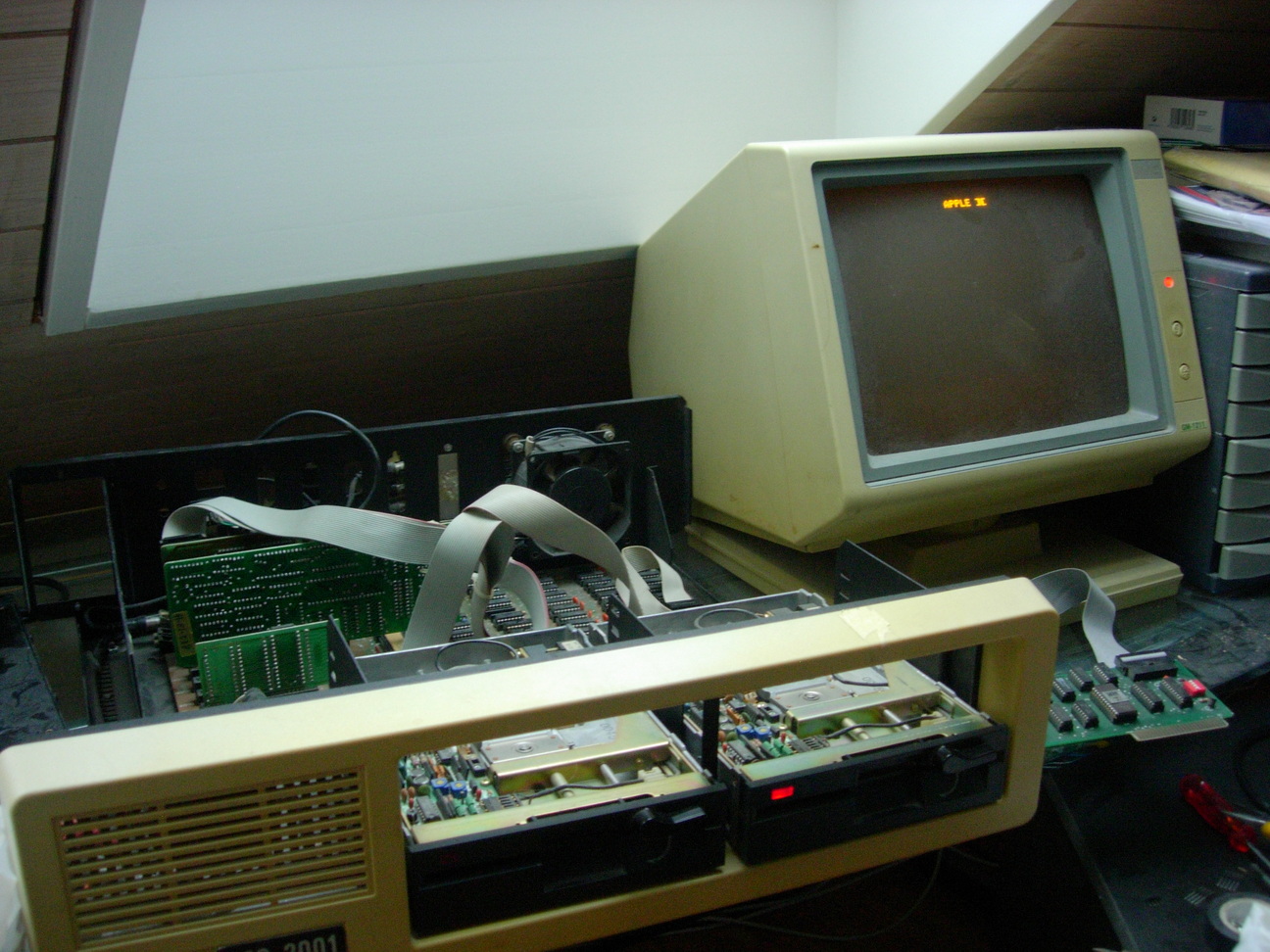IMC-2001

This is an old Taiwanese Apple ][ / CP/M clone.
- Status and Todos
- Keyboard: keyboard connector and protocol
- Power: PSU and power
- Chargen40: 40-column character mode
- Firmware: the monitor, Applesoft ROMs
- Documentation: documentation about the machine and peripherals
- Images
- Links: links to other similar machines